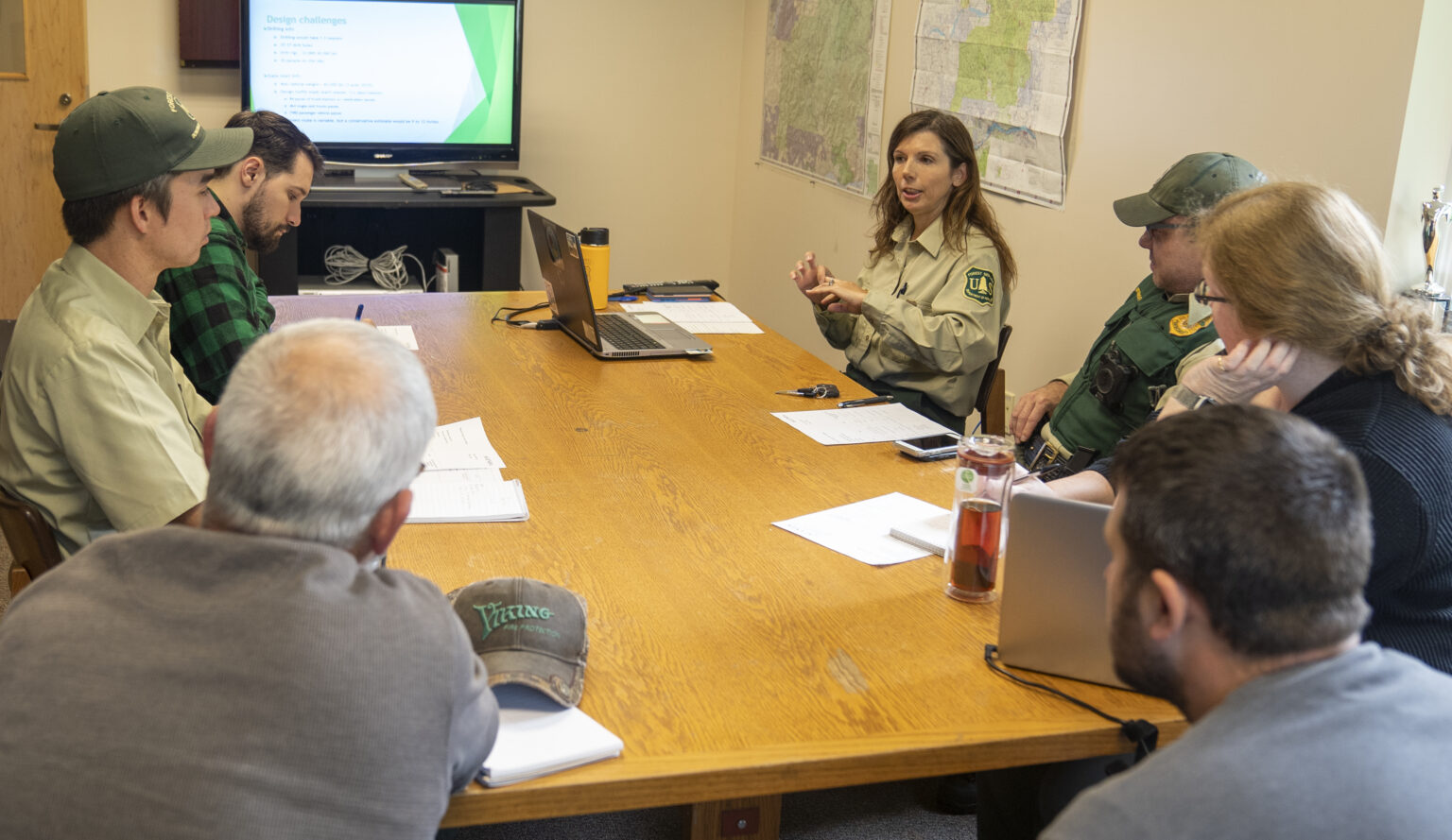Capital Chatter: Four questions in Oregon governor’s race
Published 5:00 pm Thursday, October 6, 2022

- capital chatter logo
Now that Oregonians have witnessed – or endured – several debates among the three leading candidates for Oregon governor, I offer four questions for voters’ consideration.
1. If “The Big One” finally arrives – the tsunami and earthquake that could destroy most of the state west of Interstate 5 – which of the three candidates is best equipped to lead Oregon’s recovery?
Trending
Whoever is elected – Republican Christine Drazan, Democrat Tina Kotek or independent Betsy Johnson – will face crises. Some we potentially know about.
A recession may be on the horizon. Severe wildfires always seem a possibility, as are extreme flooding and other disasters. And the potential Cascadia Subduction Zone quake lurks in the background.
As the pandemic taught us, our governor will face crises that no one foresees.
In essence, voters are choosing a crisis manager.
2. Who has the right combination of wisdom, patience and impatience, tenacity and negotiating skills to overcome Oregon’s homelessness crisis?
The latest DHM Research poll, conducted for The Oregonian, found homelessness was the most important issue among likely voters. That is unsurprising. It is in line with previous surveys, whereas such important issues as climate change have ranked high with Democrats but low overall among Oregonians.
Trending
What has surprised me for years is the Oregon Legislature’s failure to make homelessness its No. 1 issue, preferring knock-down fights over carbon regulation and climate change.
Homelessness is not sexy. It does not draw crowds of young people and other supporters to Capitol rallies. It seems insolvable. It is mired in myriad questions of economics, substance abuse, mental health, housing supply, land use regulations and personal freedom vs. public order. Politicians may achieve little political capital through such an intractable issue.
The omnipresence of homelessness came through in Tuesday’s candidate debate on KATU, during which Johnson said: “I drove by what may have been a dead body this morning in downtown Portland on my way to the office. It is shocking to me how badly Portland is dealing with this situation.”
Did Johnson stop to check on the person, or at least call 911? She didn’t say. But I can’t say what I would have done, either.
3. Who would make the best hiring decisions and appointments in choosing her advisers, managers of state agencies and members of state boards?
By my count, Oregon has at least 75 state agencies – big and small, plus scads of subagencies – and a couple hundred or so state boards, commissions and councils. Some are independent of the governor. But gubernatorial appointments define the direction and efficacy of state government.
The candidates on Tuesday blasted Gov. Kate Brown and how her Employment Department director responded to the pandemic. “As governor, I will fire Kate Brown’s agency heads,” Drazan promised.
If so, a Drazan administration would be tied up for months, or years, in choosing acting directors and then recruiting, vetting and hiring permanent directors. Some agency heads may deserve to be replaced; some are good at their jobs; some plan to leave anyway. The next governor already will fill director vacancies at such major agencies as Employment, Corrections and Agriculture.
4. Who has the humility, self-awareness and negotiating skills to work well with legislators?
The governor leads; the Legislature writes the laws; the state agencies implement the laws.
All three women are former legislators. Kotek, of Portland, spent 15 years in the House, rising to become the longest-serving House speaker in Oregon history. Johnson, of Warren, served 16 years in the Legislature, becoming an expert on the state budget. Drazan, of Canby, had the shortest tenure – three years – but soon became House Republican leader.
I’ve reported on every Oregon governor since Tom McCall. Many, including Brown, had served in the Legislature. Yet regardless of party affiliation, each struggled with the Legislature.
Political scientist James Moore put it this way when we talked last week: “It takes a governor who’s been a legislator at least two years to figure out that they’re not a legislator anymore. And sometimes they never figure it out.”
The Oregon Capitol is a rough-and-tumble place. That is reinforced by a draft investigation report that, according to OPB, says Kotek did not violate workplace conduct rules when she supposedly threatened then-Rep. Diego Hernandez, D-Portland, with severe political consequences in 2019 if he did not support her PERS legislation.
However, governor-to-legislator relationships are different from those between legislators.
There is no question that Kotek, Johnson and Drazan are savvy politicians who can play hardball. Who among them knows how to achieve and share victory across the aisle … and across the state?




